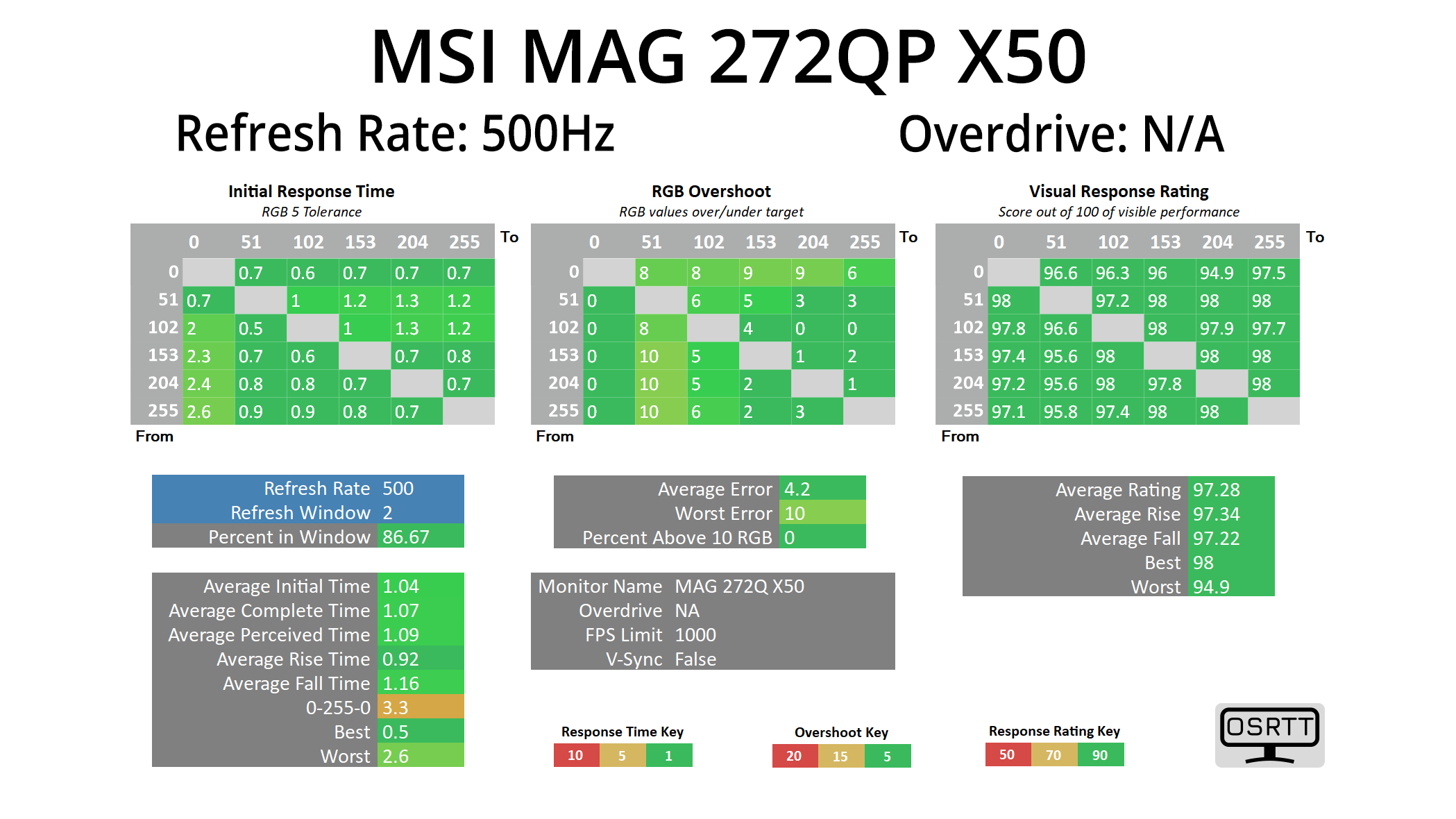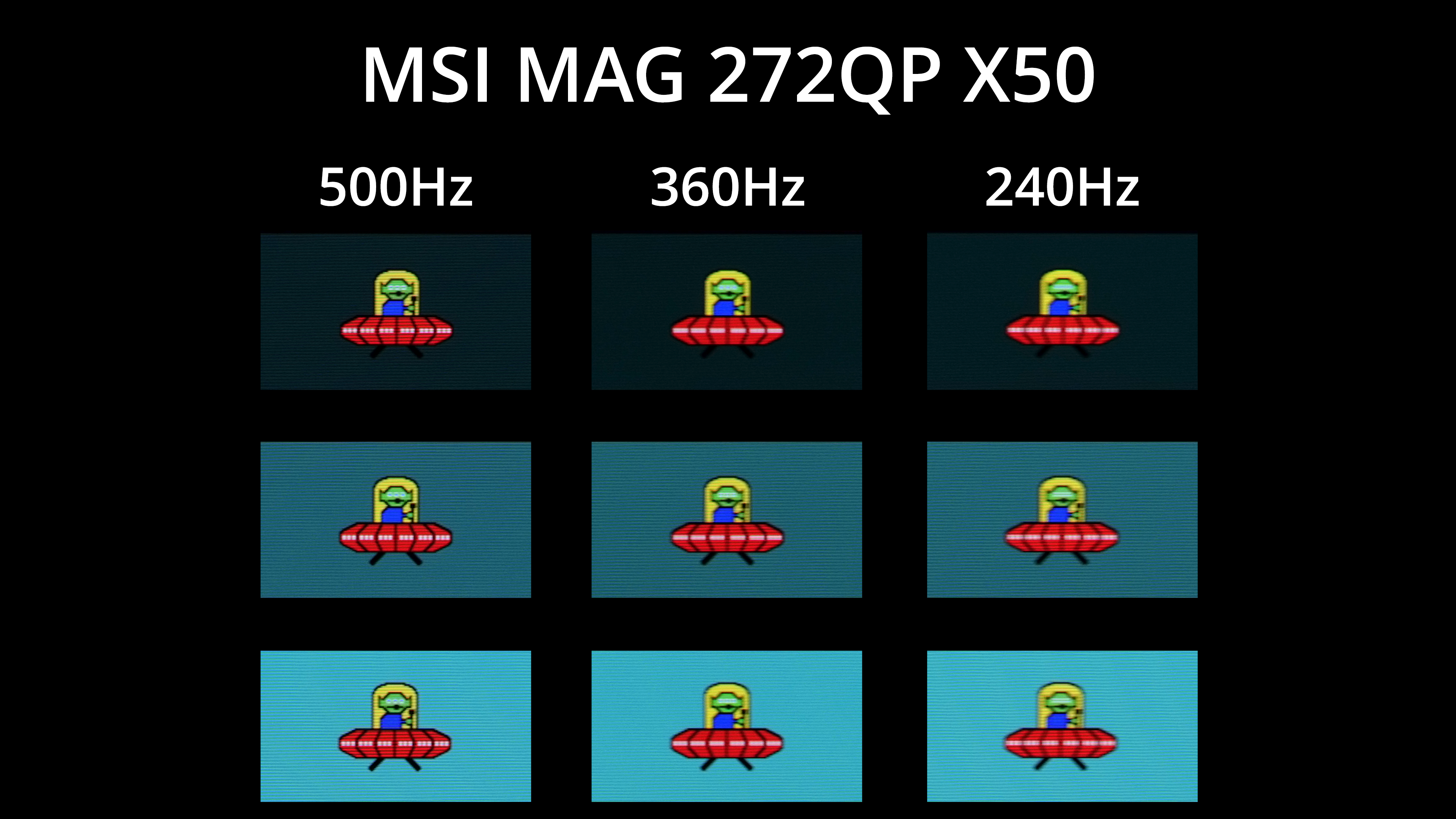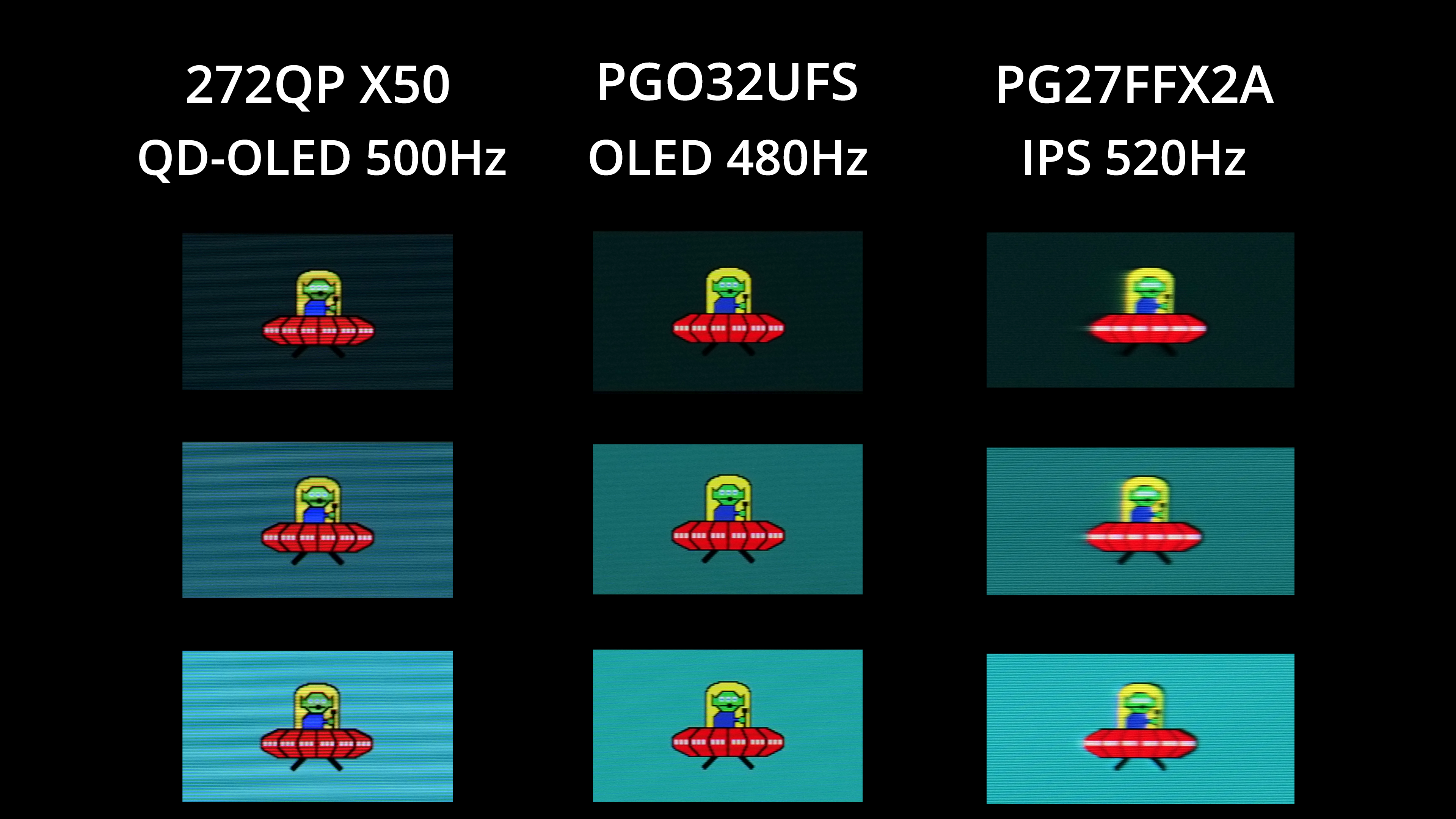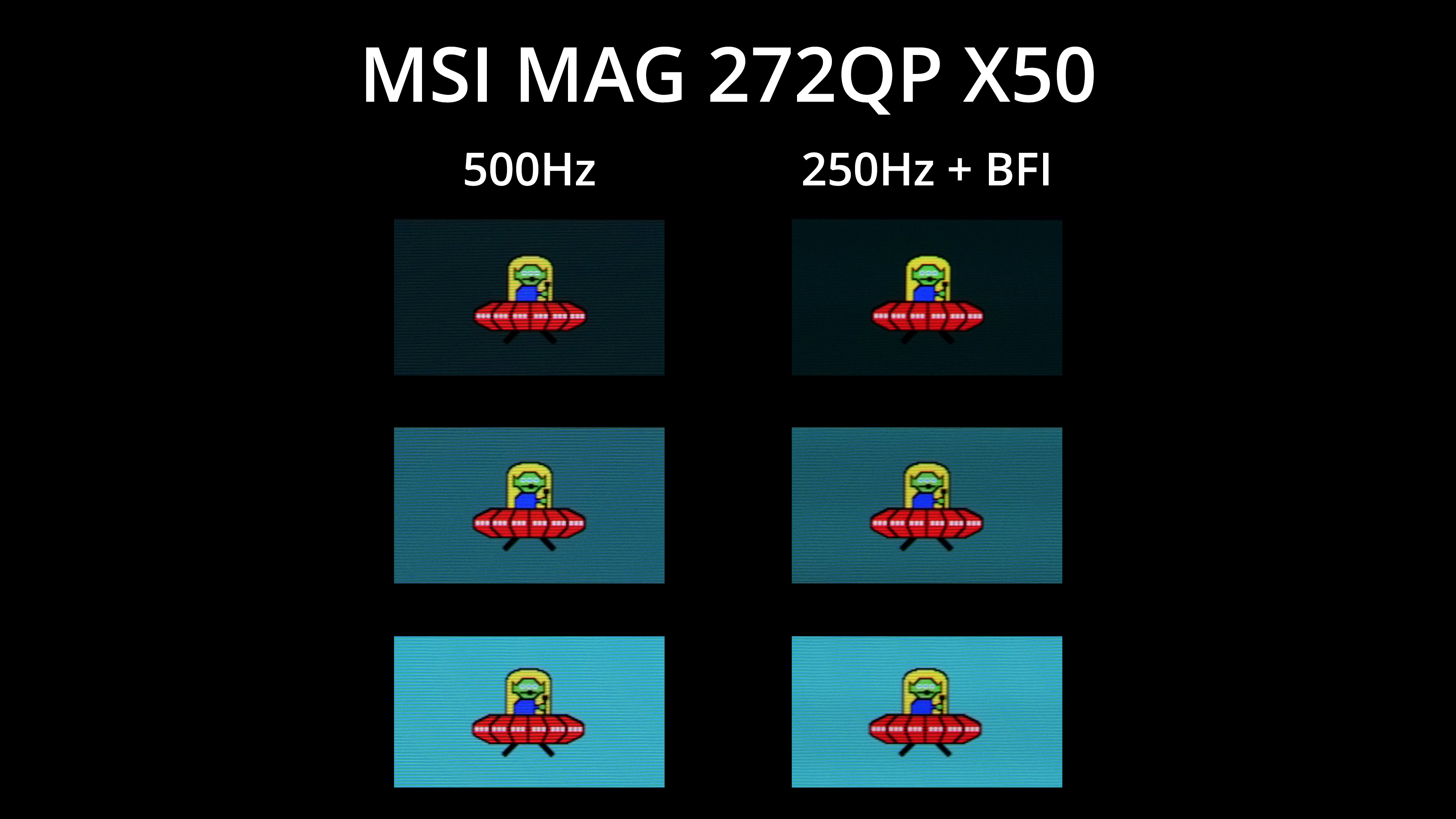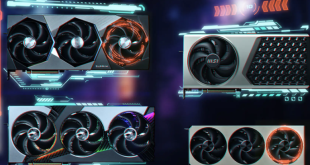We use the Open Source Response Time Tool (OSRTT), developed by TechTeamGB, for our response time testing. This measures grey-to-grey response times and presents the results in a series of heatmaps, the style of which you may be familiar with from other reviews.
Initial Response Time is the time taken for the panel to transition from one colour to another, where lower values are better. We present the initial response time, so overshoot is not taken into account and is measured separately. We use a fixed RGB 5 tolerance for each transition.
Overshoot is the term given for when a monitor's transition exceeds or goes beyond its target value. So if a monitor was meant to transition from RGB 0 to RGB 55, but it hits RGB 60 before settling back down at RGB 55, that is overshoot. This is presented as RGB values in the heatmaps – i.e. how many RGB values past the intended target were measured.
Visual Response Rating is a metric designed to ‘score' a panel's visual performance, incorporating both response times and overdrive. Fast response times with little to no overshoot will score well, while slow response times or those with significant overshoot will score poorly.
Given the 272QP X50 is an OLED monitor, we know the response times will be fantastic – and they are, averaging 1ms across the board, putting this right up there with the other OLED monitors we've tested, and that behaviour is the same regardless of the refresh rate.
Of course, that doesn't mean motion clarity is the same at different refresh rates, and I was really intrigued to see what visual benefit 500Hz would offer over the previous 360Hz QD-OLED panels. As you can see, it's not a night-and-day difference, but I'd say there's a definite improvement to clarity – the white dots on the UFO are now less blurred, for instance, as are the alien's three eyes. Compared to 240Hz as well, the difference looks even more pronounced, so there is definitely a benefit to pushing the refresh as high as possible.
For comparisons, I've included the ASRock PGO32UFS, a WOLED panel which can hit 480Hz with its dual-mode functionality, along with the ASRock PG27FFX2A, the fastest LCD I've tested, with a 520Hz refresh rate. The overall motion clarity between the two OLED panels is very similar, which is to be expected given the difference between 500 and 480Hz is not large. Clearly though, a 500Hz OLED blows a similarly-specced LCD out of the water, with much less blur and zero ghosting.
You might be thinking that 500Hz sounds good and all, but if you can't hit frame rates up to 500fps, then what's the point? Thankfully MSI has included a new MPRT mode – AKA black frame insertion (BFI) – which places a black frame after every regular frame. This means that, with it enabled, you get broadly equivalent motion clarity at 250Hz as you would without BFI at 500Hz, and it's obviously a lot easier to drive games at 250fps! It does disable adaptive sync and brightness is capped at 152 nits max, but it could be well worth using depending on the games you play.
 KitGuru KitGuru.net – Tech News | Hardware News | Hardware Reviews | IOS | Mobile | Gaming | Graphics Cards
KitGuru KitGuru.net – Tech News | Hardware News | Hardware Reviews | IOS | Mobile | Gaming | Graphics Cards


